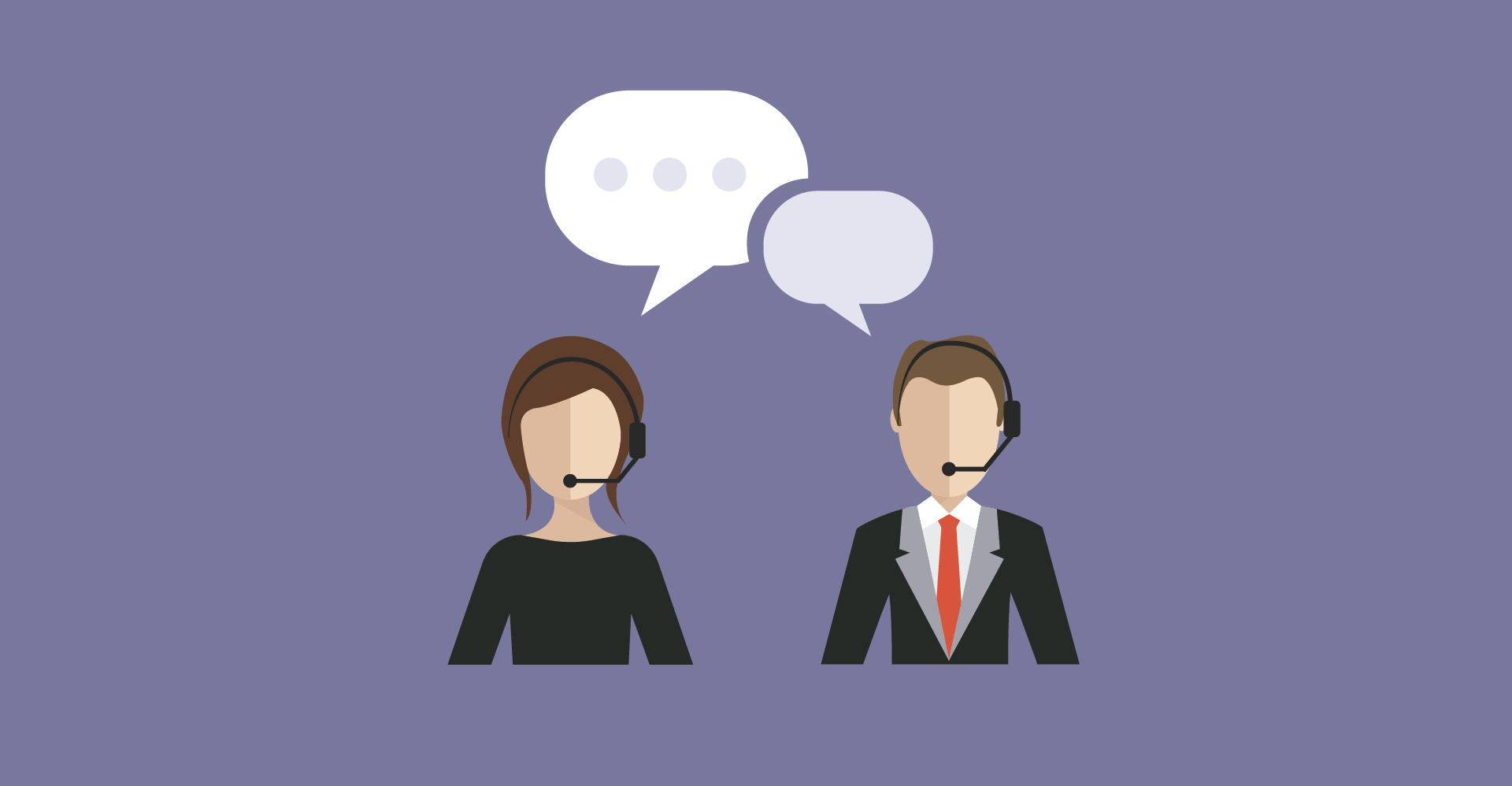How Followup CRM Can Help Contractors Organize Company Contacts
By Ross Romero
You've built up a rapport with your clients and specialty contractors, consistently making your business trusted and well-liked. But what about the rest of your employees? Knowledge about company contacts can't live in only the boss's head.
Keeping your company contacts organized in one easily accessible system helps everyone stay sane by using one central place of record-keeping instead of several spreadsheets, emails, or sticky notes. You can ensure that all the information is up-to-date, so there are no unprofessional mistakes that arise due to a lack of communication.
How To Organize Company Contacts
The first thing you'll need is a customer relationship management system (CRM) to store all your company contacts. Followup CRM is a software system created by contractors, for contractors. We anticipate your needs because they’re ours too!
Using Followup CRM allows you to create a process for organizing your company contacts by allowing you to:
- Decide what details are important to record
- Enter new company contact information
- Integrate communications with tools you already use, like Outlook or Gmail
- Backlog older contact information
- Confirm and/or update changes
Deciding What Information To Record
You will want to record basic information, such as:
- Name
- Title
- Address
- Phone numbers
- Email addresses
You may also consider including fields for the point of contact or "decision-maker", a notes section to keep personalized information like names of spouses, and anything else you decide is valuable enough to keep in each contact's profile.
Followup CRM provides these fields in a contact profile, already set up and ready to use immediately.
Entering New Company Contacts
After deciding what company contact details are most relevant for your company to record, the next step is deciding who is going to enter contact information, and when. The easiest solution to this step is either designating a specific employee to add this into their workflow, or allowing the account lead for a project to handle collecting all important details.
Integrating Subcontractor Communications
Followup CRM provides seamless integration with tools like Microsoft Outlook, Gmail, Foundation Software, Estimating Edge, Quickbooks, and Sage. Since we are a cloud-based CRM with a mobile-friendly system, you can access company contacts at any time. Our built-in integrations even track when emails were sent and attach files from within the system, directly to emails for lightning speed communication and transfer of documents.
Backlogging Company Contacts
It's a crucial step to create a timeline and plan for inputting older company contacts. These contacts are valuable and may help you win bids in the future. Followup CRM helps you with the process of learning how to enter data into our system, with the help of our support techs. We also offer Followup University, a resource with several free classes that walk you through video tutorials about how to use Followup CRM and how to increase your bottom line.
Keeping Contacts Updated
All data has a life cycle, and part of that life cycle includes ensuring up-to-date information. To stay ahead of potential changes, it's useful to set aside time once a year to review all your company contacts and confirm the information is still correct.
Watch a free video demo on Followup CRM's tools and features to see how you can accomplish an efficient company contact management system.







